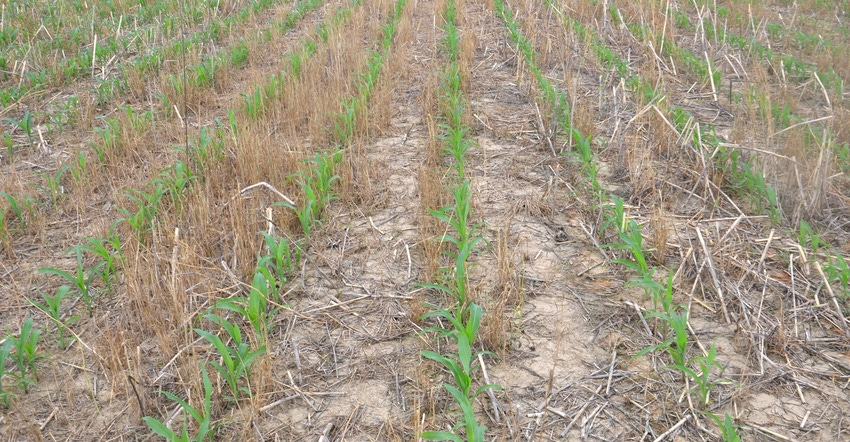May 17, 2021

The old saying from the early days of farming says, “Don’t look a gift horse in the mouth.” If you looked in the horse’s mouth, you could judge its age and maybe even its condition. Just take the horse and be happy with it, or so the saying implies.
On the surface, carbon credit systems, which seem to be springing up from corporate America almost everywhere, look like a gift, if not a boon, for farmers and agriculture. It seems especially so for farmers already farming in ways that reduce the amount of carbon dioxide emitted into the atmosphere. Those include growers using no-till or reduced tillage, and particularly if they’re using cover crops to sequester more carbon and tie it up in the soil. Tillage tends to release more carbon into the atmosphere.
This might be one “gift horse” you want to check out. Look right into its mouth. What is the real purpose behind why someone is offering you money to do certain things in your farming operation? What are you committing to when you agree and sign a contract? You want to make sure it’s not a Trojan horse in disguise. Once you commit, could unexpected clauses start shaking out of the deal that aren’t so positive?
Complex issue
One consultant who advises farmers about cover crops and conservation tillage described the carbon credits market earlier this spring as the new Wild West. He expects that some markets will last, but others that spring up could be short-lived.
He also noted that the huge wild card in the mix is the federal government. With each passing day, it appears Congress is more likely to include this issue among the climate debate. Will the government set up its own market for carbon credits and pay farmers for sequestering carbon? If so, how many strings will be attached?
What seems like a simple proposition — getting paid to use practices that conserve carbon — is already growing tentacles that could make it a much more complicated conundrum. Should people who own timber land get payments when they intend to maintain the land in trees anyway? Who will determine how much carbon certain practices really save, and how much that is worth?
Environmental groups are already going beyond raising questions. They’re already lobbying Congress, telling them this is just a scheme for companies that pollute the environment to pay their way out of it by buying offsetting carbon credits without changing their own practices which contribute to global warming. They don’t see agriculture as a solution. Instead, they still see it as part of the problem.
Fortunately, USDA views it differently. Secretary of Agriculture Tom Vilsack recently announced efforts to increase the Conservation Reserve Program by 4 million acres. Citing the benefit to the environment and viewing it as a positive impact in the climate battle, this action would be a marked change from recent years, when CRP acreage was held stagnant due to budget constraints.
What can you do right now as the carbon and climate debate unfolds? We suggest keeping your eyes and ears open. See how debate in Congress progresses. And if someone wants to buy your carbon credits now, ask lots of questions before signing on any dotted line.
Comments? Email [email protected].
You May Also Like




